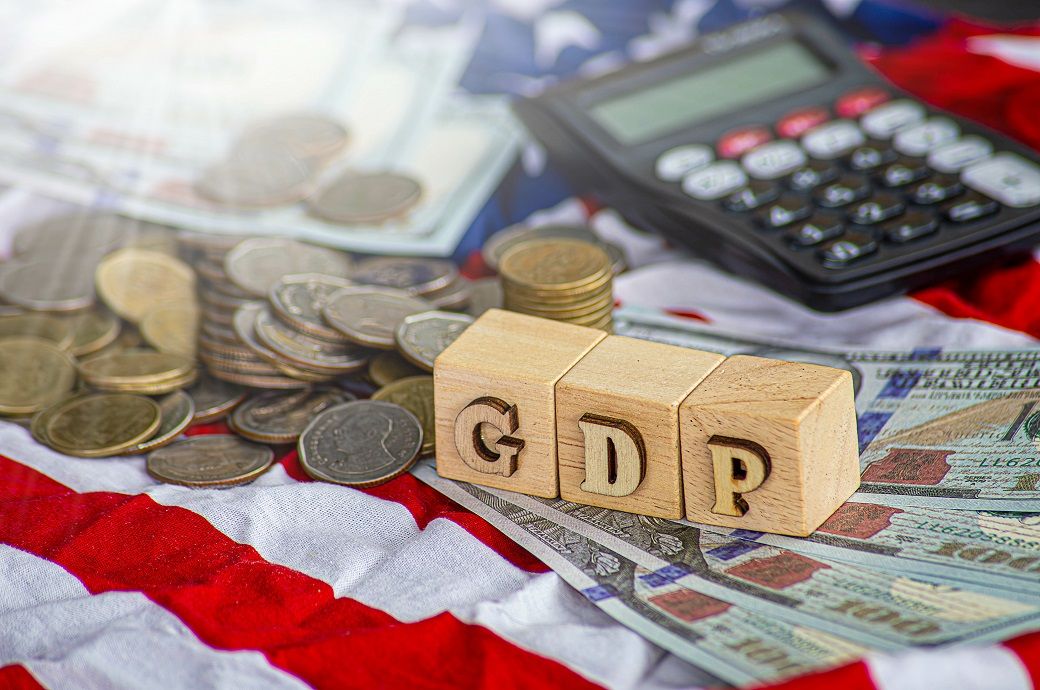Jobs
Deloitte baseline sees real US GDP to rise 2.7% in 2024, 1.5% in 2025

Consumer price index (CPI) inflation finally fell below 3 per cent in July and is expected to continue decreasing in this scenario, hitting 2.7 per cent by the fourth quarter. Job growth is projected to continue slowing, and Deloitte expects demographic changes to continue driving down the labour force participation rate.
Deloitte expects real US GDP to rise by 2.7 per cent this year and by 1.5 per cent in 2025 under the baseline scenario.
Between 2026 and 2028, this is projected to be around 1.7-2.1 per cent per year.
Deloitte predicts the target Fed rate to fall by 100 basis points (bps) this year and a further 100 bps in 2025.
Exports growth may slow to 2.2 per cent in 2024 before picking up again next year.
The US unemployment rate has risen to its highest level since October 2021. With inflation on the decline and the unemployment rate on the rise, the Federal Reserve is on track to begin cutting rates in September. Deloitte predicts the target rate to fall by 100 basis points this year and a further 100 basis points in 2025, it said in a release.
Growth in exports is expected to slow to 2.2 per cent in 2024 before picking up again the following year under the baseline scenario, while imports are projected to rise by 3.8 per cent this year. Government spending is predicted to rise by 2.9 per cent this year.
In the second scenario of persistent inflation and geopolitical conflicts, US GDP this year would be 2.6 per cent and just 1 per cent in 2025. Growth then would average 2 per cent per year from 2026 to 2028, Deloitte said.
Tariffs are expected in this scenario to increase the cost of imported intermediate inputs by 1 per cent and of imported final goods by a further 1 per cent. As a result of the tariffs and the oil price shock, CPI inflation will persist above 3 per cent until the third quarter of 2025.
For the second quarter (Q2) this year, overall personal consumption expenditure (PCE) grew by 2.9 per cent (at annual rates). Spending on durable goods increased by 4.9 per cent during the quarter after falling by 4.5 per cent in Q1. Increased spending on durables is often seen as a signal of rising consumer confidence, Deloitte noted.
In the first half this year, export growth has slowed while imports continued to rise, widening the trade deficit.
Fibre2Fashion News Desk (DS)










